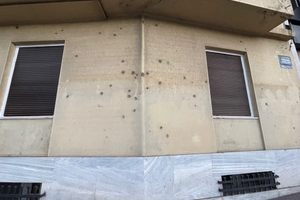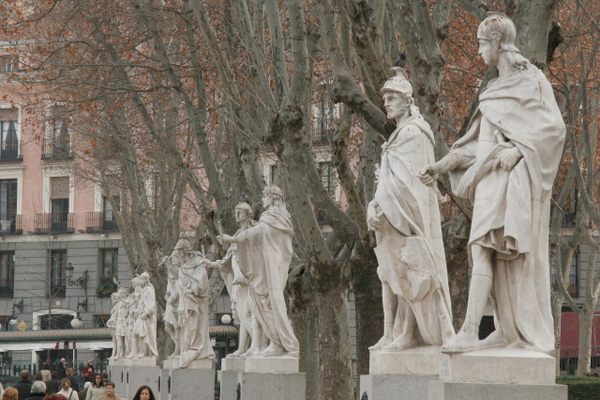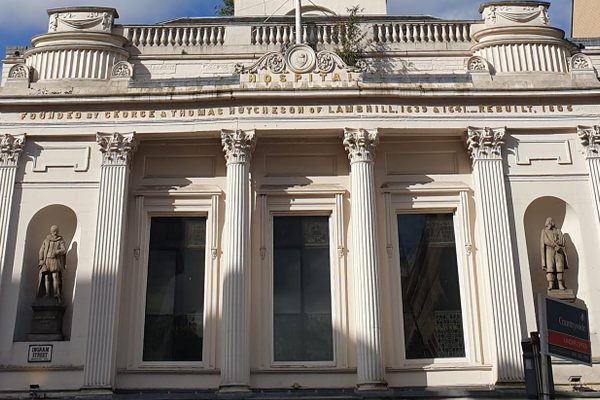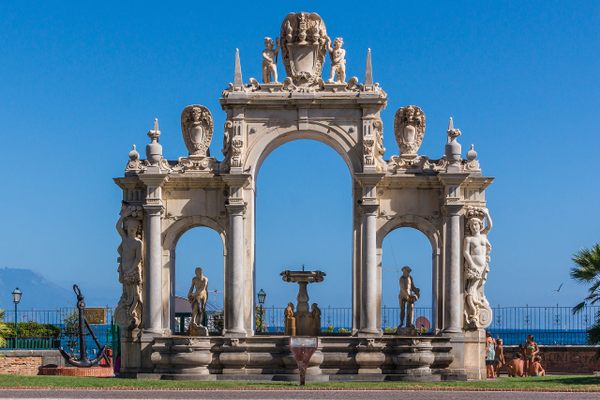About
After winning independence from the Ottomans, the Greeks were enthusiastic about reviving traditions that were lost during the 400+ years of Ottoman rule. This included a passion for reviving the Olympic Games.
Evangelis Zappas was a hero during the War of Independence, and after it became a successful businessman who amassed a huge fortune. Zappas later became a philanthropist and shared the enthusiasm for reviving the Olympic Games.
He approached King Otto with an offer to donate part of his fortune to renovate the existing Olympic Stadium and fund the construction of a new permanent sporting facility nearby, as well as additional funds to stage ongoing modern Olympic Games. After much debate, the king agreed and Zappas set up a large trust fund for the games. These funds sponsored the first Zappeion Olympic Games in 1859.
Zappas died in 1865, however, the Zappeion Olympic games and building initiatives continued under the leadership of his cousin Konstantinos Zappas. Additional Zappeion Olympic Games were held in 1870 and 1875. In 1869, the Greek Parliament allocated 80,000 square meters of land adjacent to the Royal Palace Gardens for the facility. Construction began in 1874 and was completed in October 1888.
The building was named “Zappeion” in the honor of both Evangelis and Konstantinos Zappas and became the first building in the world to be constructed specifically for the modern Olympic Games. Evangelis Zappas's head is enshrined beneath his memorial statue just outside the Zappeion. An inscription reads "here lies the head."
The Zappeion was built in a neoclassical style with a symmetrical plan around a circular atrium bordered by two smaller wings, each having adjacent quarter-circle halls. There are 25 other rooms that range in size from 1,000 square feet to over 10,00 square feet.
During the first modern Olympic Games in 1896, the Zappeion was used as the main fencing hall, hosting matches in its atrium. During the Second International Olympic Games in Athens in 1906, it served as the Olympic Village. In 1938, Greece’s first state radio station began national broadcasts from the Zappeion. In 1940, it was converted into a hospital and in 1941, the invading Germans used it for storage and later as a barracks. After World War II ended, the Zappeion resumed hosting the state radio station until 1970.
Renovations were carried out in 1960 and again in 2000 in preparation for the 2004 Summer Olympic Games where it served as the headquarters for the Athens Olympic Organizing Committee prior to the games and as the Media Center during the games. Renovations to modernize the interior of the facility occurred in 2006, and in 2014 the Zappeion served as the headquarters of the Hellenic Presidency of the Council of the European Union. It currently serves as an exhibition and event center.
Related Tags
Community Contributors
Added By
Published
August 26, 2019























































